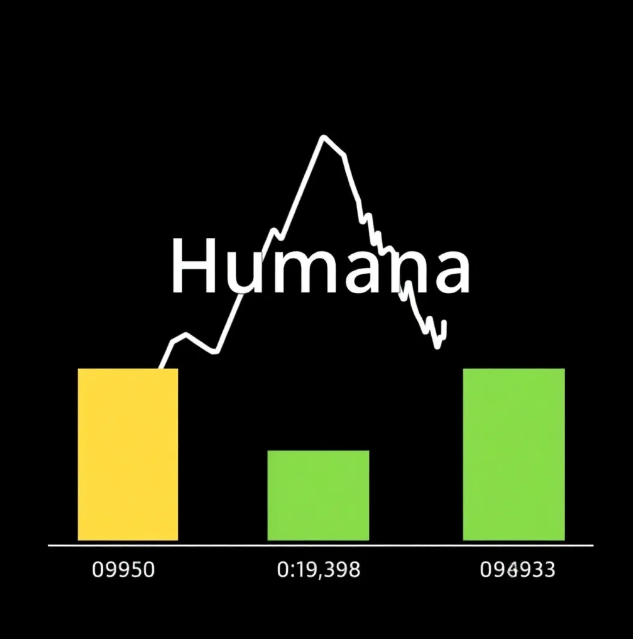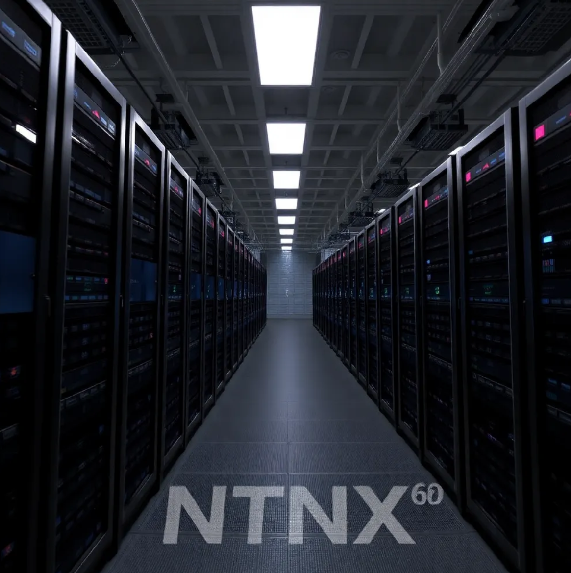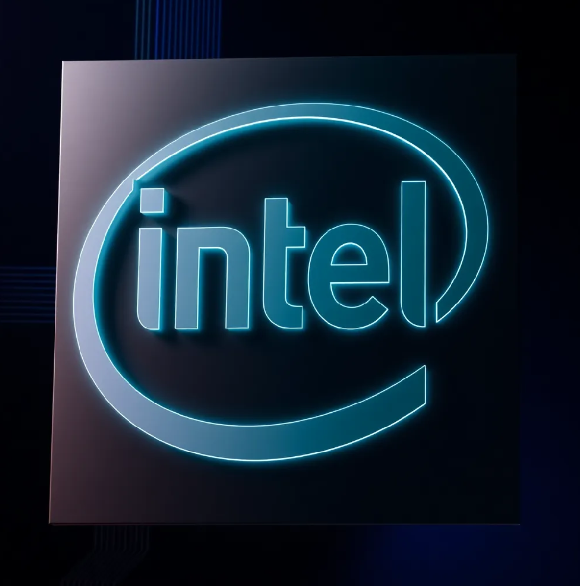Humana (HUM) $302
Humana has fallen 40% in the past year to $302, after lower guidance and missing estimates, and 14% today, after a lower than expected reimbursement rate from Medicare Advantage, where it is the second largest player. Losses have extended to major players like United Health as well.
Revenue projections for the next three years on lower MA payments are already down to low single digits 2-4%.
However, Humana has better operations than most, better cost control and profit margins while low, are still better than other providers. It should have better growth in 2025, and consensus estimates are calling for $24 earnings per share and mid twenties earnings growth from such a low base. Most of this is already in the price.
That said, it is a $112Bn giant, and given how regulated this industry is and how difficult it is to make money, entrenched players like it will survive and recover, but expect 2024 to be volatile, there could be further misses.
It’s worth buying in the $270-$280 range, or starting and accumulating on dips. There is value at the current multiple of only 12x 2025 earnings of $24. It’s below their historical multiple of 15-16.
Returns should be muted though, it’s a healthcare company after all, but the discount should help get over 10% per year, including dividends over the next few years.









